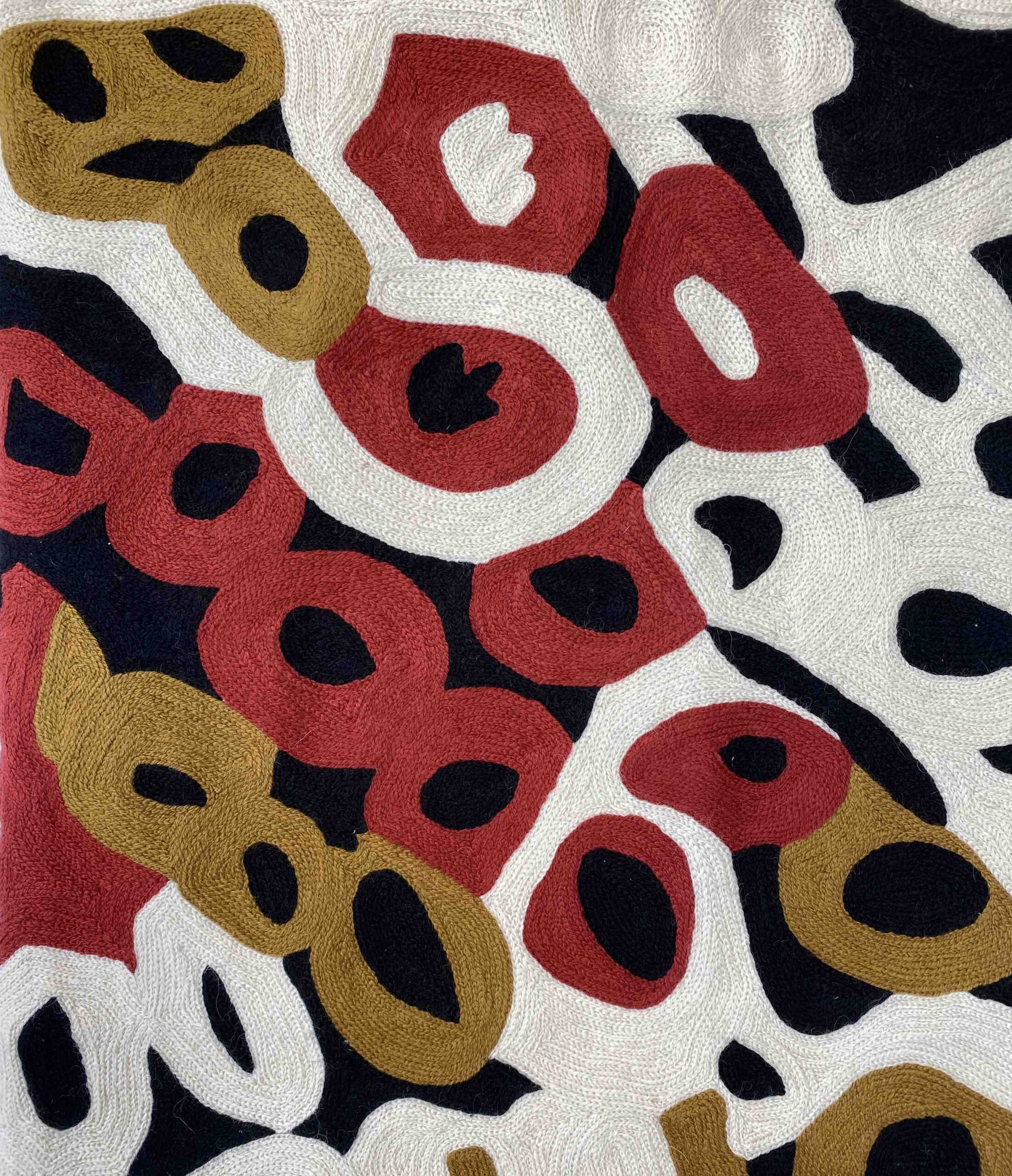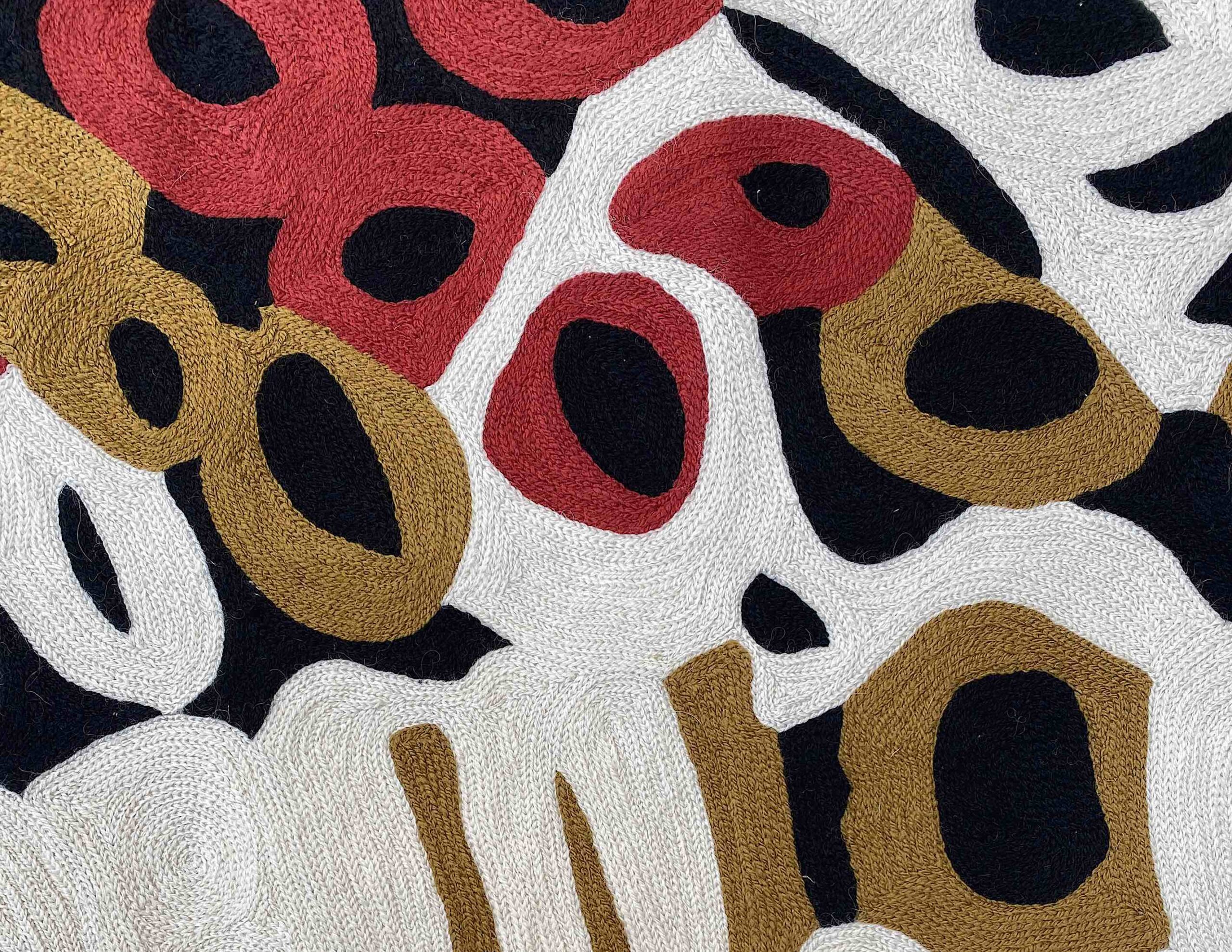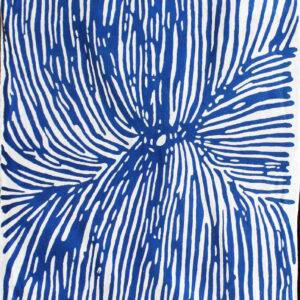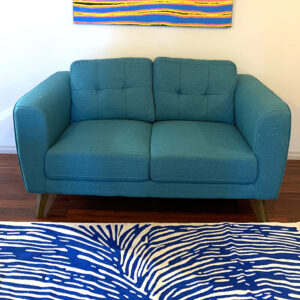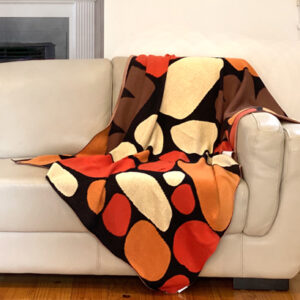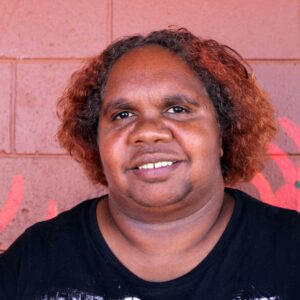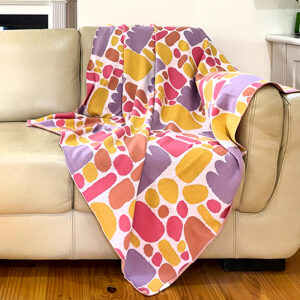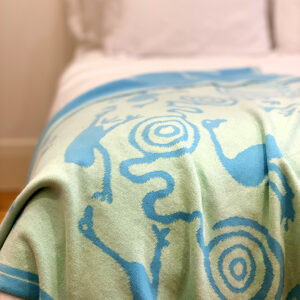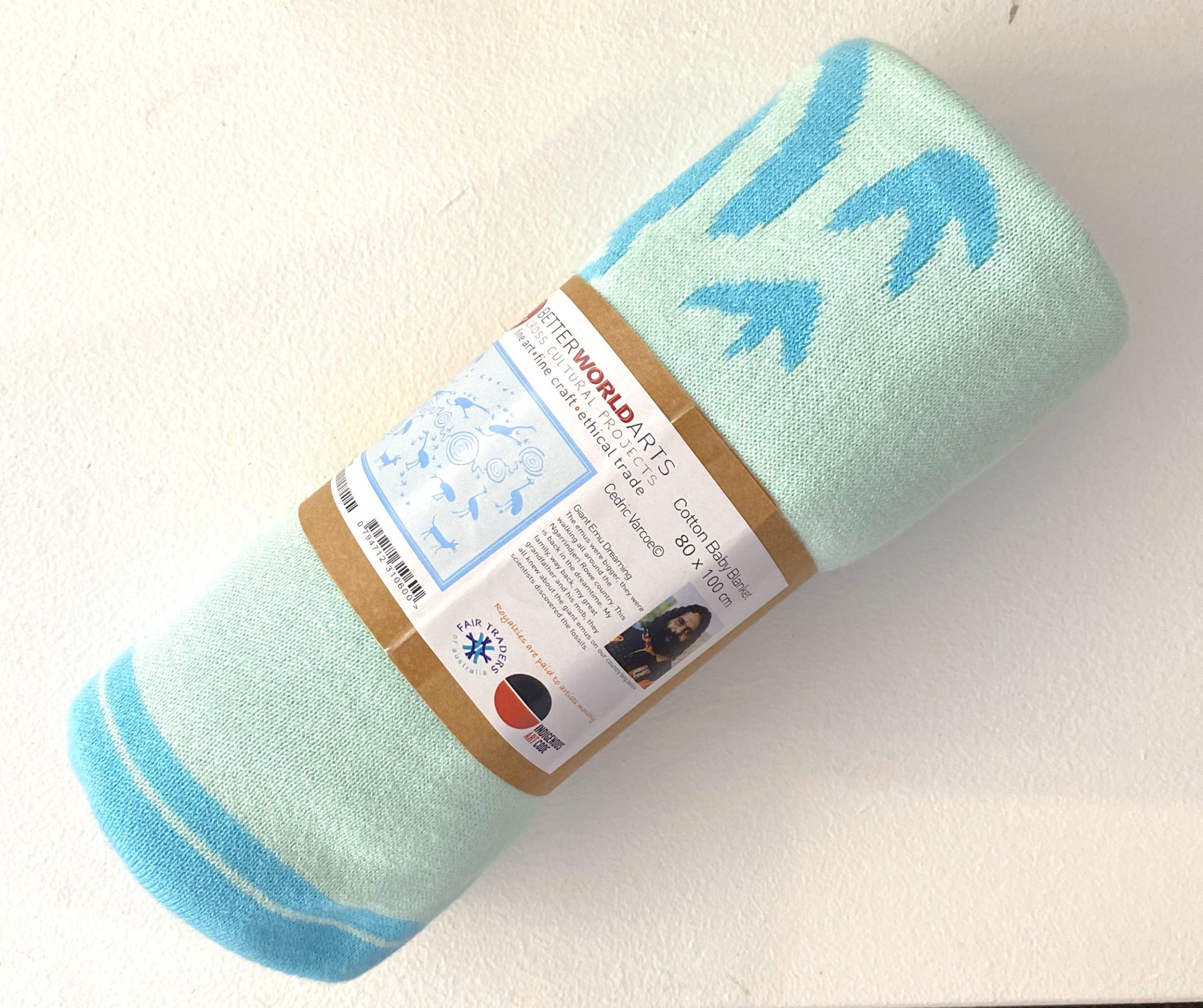Description
Composition: Hand dyed wool and cotton
Size: 61 x 91 cm (24 x 36 inches)
Features:
- Hand embroidered/chain-stitched
- All natural fibres – embroidered wool on cotton canvas
- Fair Trade certified
- Limited edition – individually numbered
- Certificate of Authenticity supplied with each kilim
- Royalties paid to the artist/family on every sale
- Hard wearing
- Back has non-slip surface
- Each kilim has flap on the rear for ease of hanging with dowel/rod
- Matching cushion covers are also available
Chain-stitched kilims are a traditional rug/soft furnishings making technique from Kashmir. As people sat on the floor they were both homewares and decoration. As many artworks are painted on the ground or 3D surfaces/bodies most of the images do not have a set orientation so can also be hung portrait or landscape if preferred.
The artist: Anmanari Brown
Brown was born roughly some time during the 1930s. She was born at Purpurna, a waterhole that is sacred to the Pitjantjatjara. She grew up living a traditional, nomadic way of life in the bush with her family, before any contact with Euro-Australian society. In the 1950s, her family was moved out of the bush to live at Warburton, with many other Aboriginal families. Warburton was a Christian mission at the time, and Brown was taught at school here by missionaries. When she was older, Brown moved to Irrunytju and married Nyakul Dawson.
Brown began work as an artist in 2000. The women of Irrunytju had opened an art centre as a community-owned economic program. Anmanari and other senior women in the community began painting for Irrunytju Arts on linen canvases. Their first exhibition was held in 2001, in Perth. The art mixed modern painting techniques with ancient designs and cultural law.
From the beginning of her career, Brown often painted with her friend Tjayanka Woods. When Brown’s husband died in 2007, she and Woods left Irrunytju and went to live at Papulankutja, on Ngaanyatjarra lands. Here, they paint for Papulankutja Artists. In April 2010, the two women held their first solo exhibition together at the Vivien Anderson Gallery in Melbourne.
Brown mostly paints the Kungkarrakalpa Tjukurpa (Seven Sisters Dreaming). Her connection to this Dreaming comes from her mother, whose homeland is Kuru Ala, a sacred place for women.[9] The paintings in her solo show depicted stories from this Dreaming.
Brown’s paintings are not figurative. She does not explicitly depict figures or features of the landscape, but she does use iconographic symbols to represent them. She uses patterned lines to represent tracks in a journey, or seven small shapes or lines to represent the sisters. She also sometimes uses colour symbolically. While Brown mainly paints directly on canvas, several of her works are made from screen-printing methods.
About the design: Kungkarrakalpa Tjukurpa (Seven Sisters Dreaming)
This is a popular dreaming story of a group of sisters being chased through the desert by one man. There are numerous scenarios as the women travel around, chased by Wati Nyiru. Land forms were created as they all travelled though the countryside Eventually they rose up into the sky and form the Pleiades, a cluster of stars seen in the southern skies. There are many variations of this story, each language group has it’s own chapters that relate to the landscape in their own country.
CARE INSTRUCTIONS:
Do not put place/use in direct sunlight or colors may fade. To clean – dry cleaning recommended. Can be ironed on a wool steam setting.
About the Better World Arts chainstitch kilim products
These beautiful, unique textiles are a cross-cultural collaboration combining Aboriginal designs and traditional Kashmiri rug-making techniques. Chain stitched, using hand dyed wool, each is a completely handmade piece. A more empowering way to work, this brings many direct benefits to the artists’ and their community. Control and ownership of intellectual property are also maintained. Purchase of these products guarantees a direct return to the Aboriginal artist’s family and their community.


